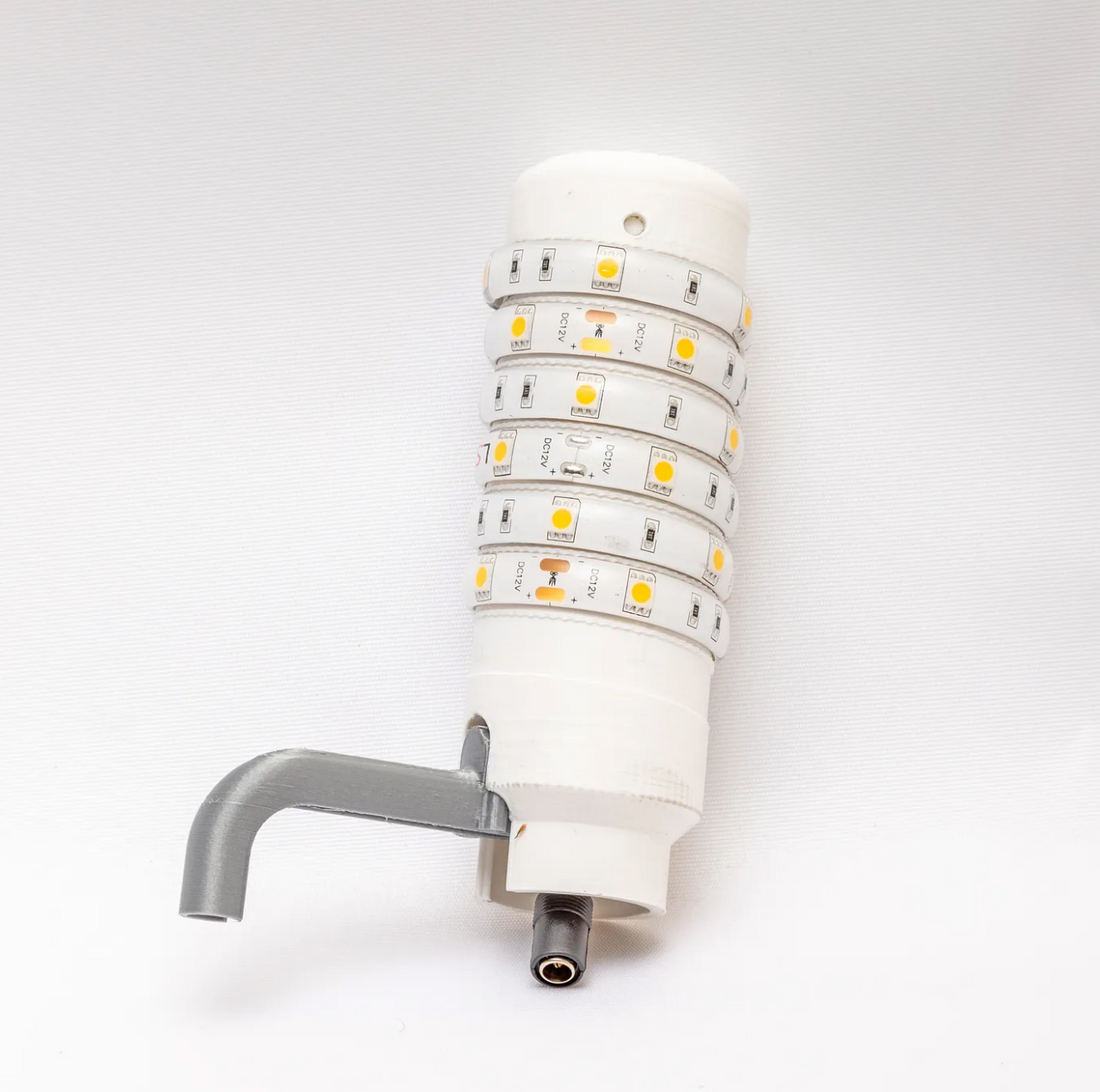The world is moving towards a more sustainable future, and lighting technology plays a crucial role in this endeavor. The United States is no exception, and as of August 1st, 2023, President Joe Biden is upping shedding light on the problem judicially. In recent years, numerous countries around the world have implemented regulations to phase out traditional incandescent lightbulbs, aiming to reduce energy consumption and greenhouse gas emissions. Now, as the incandescent lightbulb ban takes effect in the 50 states, it is important to assess how this shift will impact various industries, particularly America’s oldest form of residential lighting; the table lamp industry.
Understanding the New Incandescent Lightbulb Ban:
The incandescent lightbulb, which has been a symbol of indoor lighting for over a century, is now facing obsolescence due to its inefficiency. Emerging companies like HID SIPS™ are taking notice that incandescent bulbs convert only about 5% of their energy into visible light, with the rest being lost as heat. Not only has this stark inefficiency led governments worldwide to introduce legislation mandating the phase-out of these bulbs in favor of more energy-efficient alternatives, but it’s led companies to try to keep their offerings cool leaning towards LED and other options. For HID SIPS™ and their product the HydraLamp, which dispenses cold water, warm bulbs is not an option functionally or economically.
The Transition to Energy-Efficient Lighting:
With the phasing out of incandescent lightbulbs, consumers will be turning to energy-efficient lighting solutions. Compact fluorescent lamps (CFLs) and light-emitting diodes (LEDs) have emerged as the leading replacements for incandescent bulbs. Both CFLs and LEDs are significantly more energy-efficient, boasting a lifespan that is several times longer than traditional incandescent bulbs. However, LEDs have gained more popularity due to their superior energy efficiency, longevity, and improved lighting quality.
Impact on the Table Lamp Industry:
The table lamp industry, like any sector connected to lighting, will undoubtedly experience both challenges and opportunities as the incandescent lightbulb ban takes effect.
Shift in Consumer Preferences:
Consumers will increasingly opt for energy-efficient lighting options, including LED-based table lamps. Table lamp manufacturers will need to adapt their products to accommodate LED bulbs, which have different form factors compared to traditional incandescent bulbs. Additionally, companies will need to educate customers about the benefits of LED lighting to promote the adoption of these alternatives.
LED bulbs aren’t the only options manufacturers will have. Other options like LED strips could provide a flexible opportunity in design. HID SIPS™ did just that, wrapping a flexible and waterproof strip around their water pump and hard plastic housing components.
Product Innovation:
The ban presents an opportunity for innovative table lamp designs that are specifically tailored for LED bulbs and strips. Manufacturers will likely invest in research and development to create lamps that not only complement the energy-efficient technology but also cater to consumers’ aesthetics and preferences.
Sustainability and Marketing:
Companies embracing sustainable practices and promoting eco-friendly products will likely gain a competitive advantage, as it’s proven across other industries that cater to the environment pays off. Consumers are increasingly conscious of their environmental impact, and a sustainable approach to manufacturing and product offerings can enhance a brand’s image.
Challenges for Small-scale Producers:
The ban might pose challenges for smaller table lamp manufacturers that lack the resources to invest in research and development and those that are already in the market with established products. Adapting to new technologies can be costly and time-consuming, potentially leading to market consolidation in favor of larger, more established companies.
Price Considerations:
LED-based table lamps tend to be more expensive than traditional incandescent lamps up front. However, their energy efficiency and longer lifespan generally make them more cost-effective in the long run. Manufacturers will need to find a balance between affordability and quality to attract customers. Additionally, while replacement bulbs are easy to get at your local store, replacing LED strips and forcing off the adhesive that lines the strip could pose burdensome for the average consumer.
Regulatory Compliance:
Manufacturers must ensure their products meet the new energy efficiency standards set by regulators. This will require adjustments in production processes and quality control to comply with government guidelines.
Conclusion:
The incandescent lightbulb ban represents a significant milestone in the global effort to combat climate change and promote sustainable living. For new companies, like HID SIPS™, have been designing in anticipation of this band as they prepare to go-to-market. While the established table lamp industry may initially face challenges in adapting to this new lighting landscape, embracing energy-efficient technologies like LED lighting presents opportunities for growth, innovation, and improved environmental impact. As the industry evolves, consumers can look forward to a brighter, more sustainable future with a wide range of eco-friendly and stylish table lamp options to choose from.

